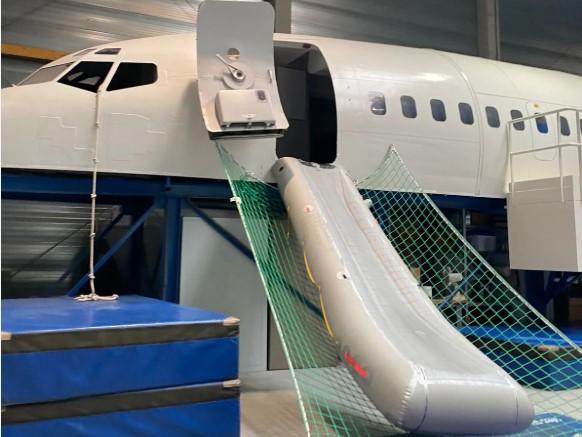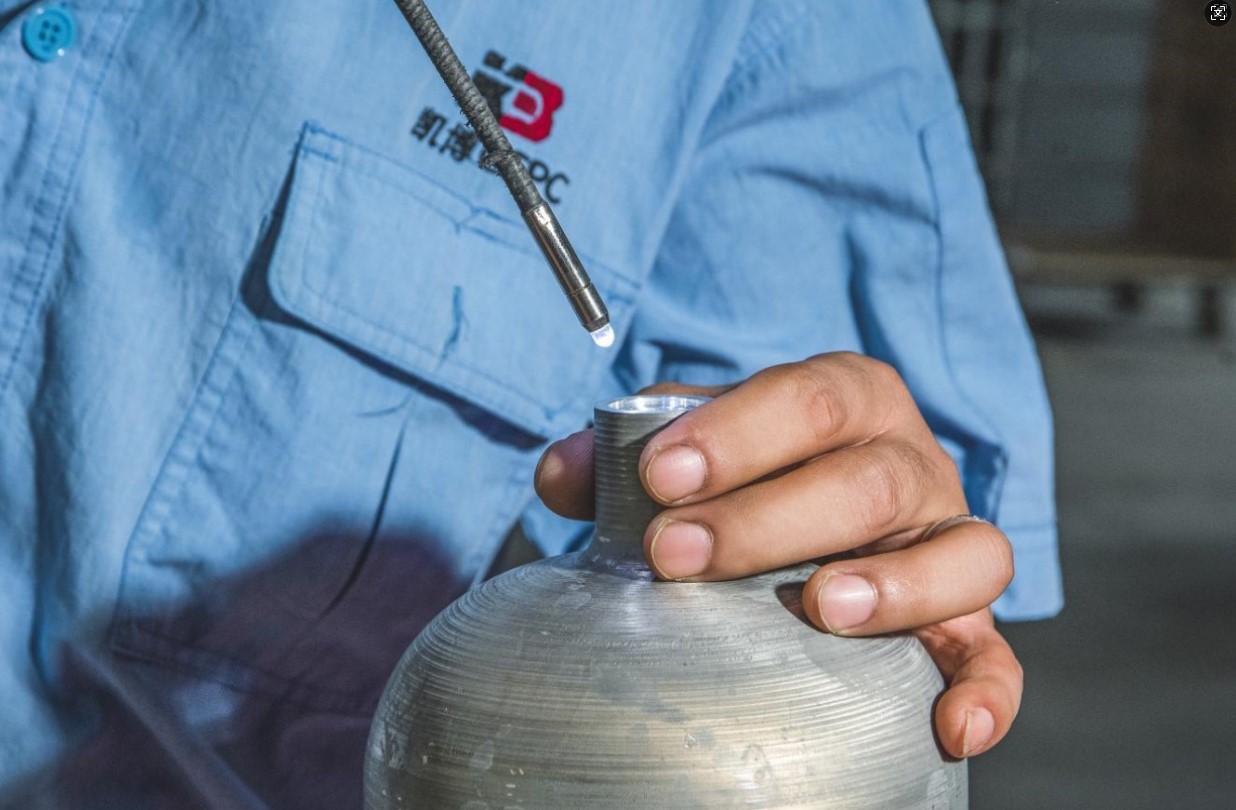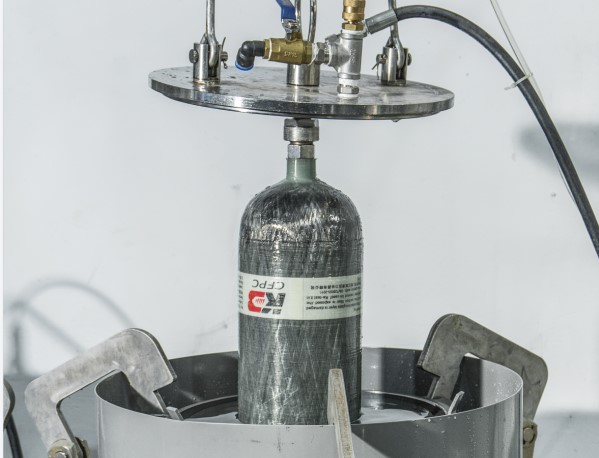Introduction
In emergency situations, time and efficiency are critical. Inflatable evacuation and rescue tools such as life rafts, inflatable stretchers, inflatable shelters, and evacuation slides are widely used for rapid deployment in aviation, maritime, disaster relief, and industrial safety scenarios. These systems require a reliable and immediate source of compressed gas to deploy effectively. This is where carbon fiber composite cylinders come into play. Compared to traditional steel tanks, carbon fiber tanks offer notable advantages in terms of weight, pressure handling, portability, and safety. This article explores how these tanks function in inflatable rescue systems, their benefits, and important considerations for their use.
How Carbon Fiber Cylinders Work in Inflatable Rescue Equipment
Carbon fiber cylinders are designed to store high-pressure gas, such as air or CO2, which is released quickly to inflate rescue equipment. The working process is generally as follows:
- High-Pressure Storage: The carbon fiber tank stores compressed gas, typically at pressures of 3000 to 4500 psi (pounds per square inch).
- Trigger Mechanism: When an emergency occurs, a valve or actuator (either manual or automatic) opens, releasing the gas into the inflatable tool.
- Rapid Deployment: The compressed gas fills the inflatable structure quickly, allowing it to become operational in seconds.
- Regulated Flow (if needed): In some systems, a regulator ensures that the gas flow is controlled to prevent over-inflation or damage.
This mechanism ensures that inflatable rescue tools are deployed promptly and reliably, even in stressful and chaotic environments.
Advantages of Carbon Fiber Composite Cylinders
Carbon fiber cylinders bring several key benefits when used in inflatable rescue systems:
1. Lightweight for Easy Handling
Traditional steel cylinders are heavy, making them difficult to transport or deploy quickly. Carbon fiber cylinders are up to 60-70% lighter, which makes a big difference in emergency kits, lifeboats, and mobile rescue stations. A lighter tank allows for faster response and easier carriage by rescue workers.
2. Higher Gas Capacity
Thanks to their ability to hold gas at higher pressures, carbon fiber cylinders can store more compressed air in the same volume compared to steel tanks. This means fewer tanks are needed for the same task or longer operating times for inflatable equipment.
3. Strong and Durable
Carbon fiber composite cylinders offer high strength-to-weight ratios. These cylinders are highly resistant to physical impacts, pressure cycling, and harsh environments. This makes them suitable for marine rescue, outdoor disaster zones, and aircraft systems where reliability is critical.
4. Corrosion Resistance
Unlike steel cylinders that can rust or corrode over time, carbon fiber composite cylinders have better resistance to moisture and environmental degradation. This makes them especially useful in maritime or flood-related applications.
5. Better Mobility for Field Operations
In disaster relief or field rescue missions, every kilogram counts. Rescue teams benefit from lighter equipment that doesn’t compromise performance. Carbon fiber tanks enable more compact and mobile rescue kits.
Use Cases of Carbon Fiber Tanks in Inflatable Rescue Systems
These tanks are used in various tools and settings:
- Aviation: For deploying emergency evacuation slides.
- Maritime: Inflating life rafts or buoyancy aids during ship evacuations.
- Industrial Sites: Inflatable decontamination tents or barriers.
- Disaster Response: Inflatable medical tents, beds, and field structures.
- Search and Rescue Teams: Quick-deploy rescue floatation devices or inflatable bridges.
Important Considerations for Use
Although carbon fiber tanks offer many advantages, proper use and maintenance are essential:
1. Storage and Handling
Keep the tanks in dry, cool, and well-ventilated places. Avoid exposure to high heat or direct sunlight for extended periods. While the materials are tough, rough handling can still lead to surface damage that may weaken the tank over time.
2. Inspection and Testing
Regular inspections should be scheduled according to manufacturer guidelines. Look for external wear, damage, or signs of fatigue. Many jurisdictions require periodic hydrostatic testing to ensure tank integrity under pressure.
3. Proper Mounting
In mobile systems, tanks must be mounted securely to prevent movement or accidental impact. Secure positioning also ensures a reliable gas line connection when the system is activated.
4. Avoid Over-Pressurization
Using a proper pressure regulator and filling system helps avoid over-pressurizing the cylinder, which can shorten its life or cause failure.
5. Labeling and Compliance
Always use certified tanks that meet relevant safety standards (e.g., DOT, ISO, CE). Ensure that labels, serial numbers, and inspection tags are visible and up to date.
Future Potential and Integration
With the increasing use of automation and smart rescue systems, future carbon fiber tanks may include built-in pressure sensors and telemetry to monitor usage in real time. Integration with remote control systems or drones for delivering inflatable rescue tools is also a growing area.
Conclusion
Carbon fiber composite cylinders play a vital role in modern inflatable evacuation and rescue systems. Their lightweight, high-pressure capacity, and durability make them ideal for quick deployment in emergencies. When handled and maintained properly, they enhance the reliability and effectiveness of life-saving equipment used in air, sea, and land operations. As safety demands grow and emergency systems become more advanced, carbon fiber tanks are set to become an even more essential part of rescue toolkits worldwide.
Post time: Apr-17-2025



